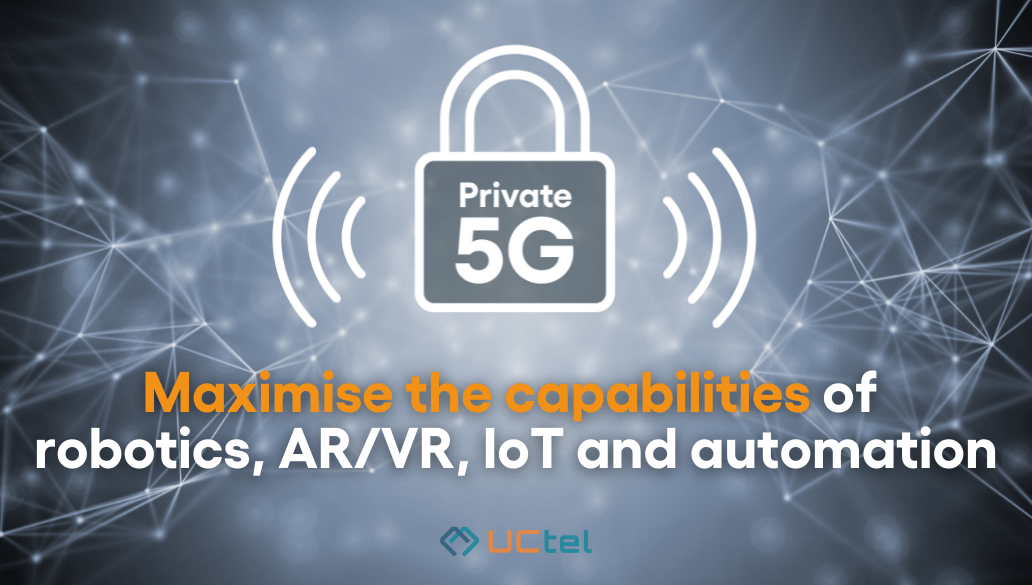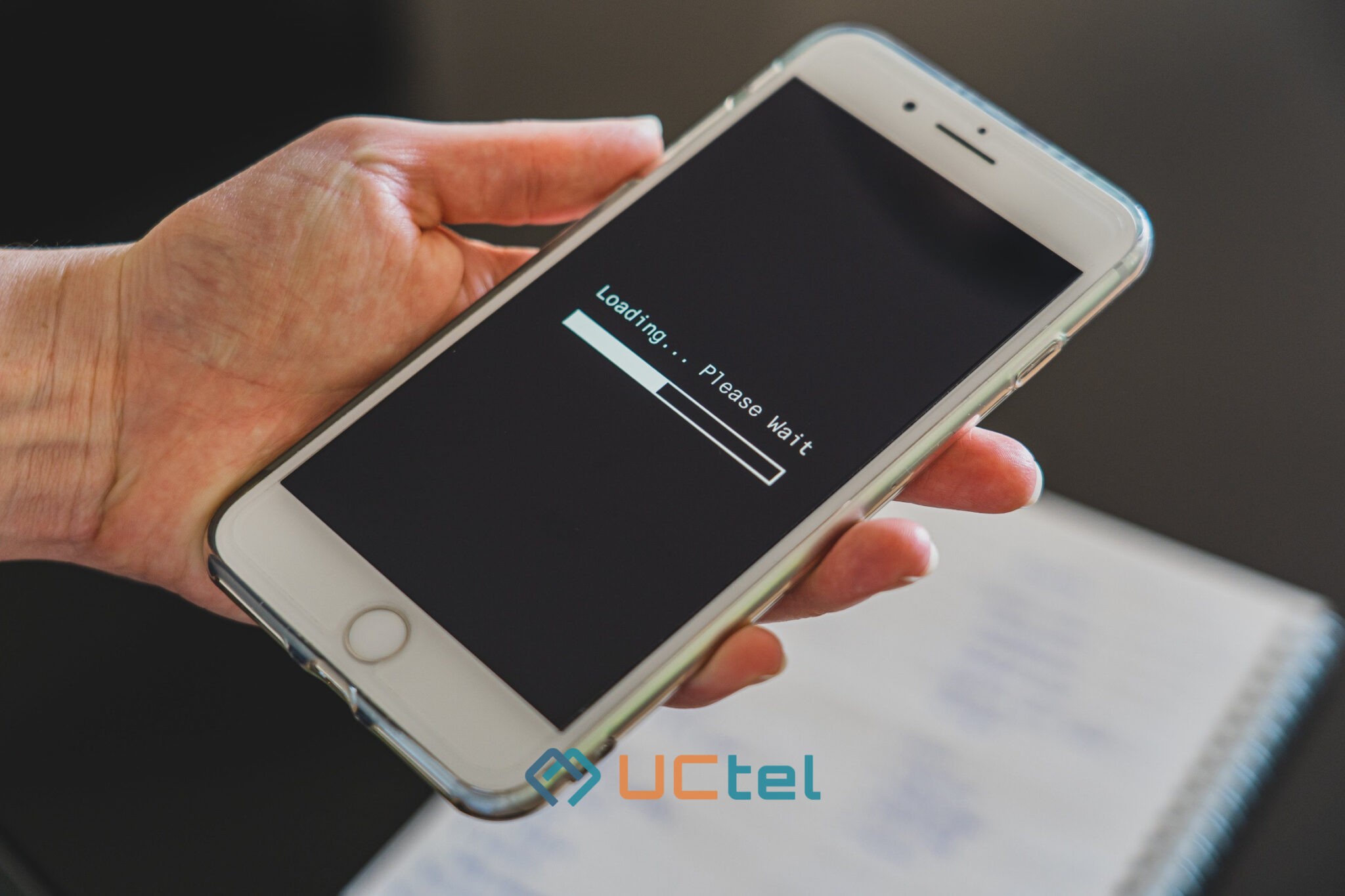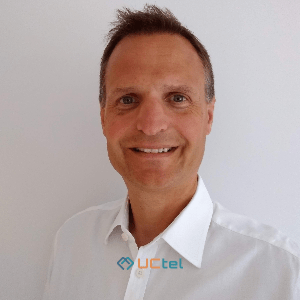
Waiting for 5G: the innovations that need Private 5G to succeed
Table of contents
Digital innovation needs better network connectivity. From fully immersive AR experiences to the remote operation of complex, heavy-duty machinery, the next phase of the digital revolution will rely on unbroken connectivity, low latency and high-speed, high-volume data transference to live up to its potential. Unsurprisingly, Wi-Fi just isn’t going to cut it for every application.
While Wi-Fi has been a convenient and cost-effective way to connect homes, workplaces and public spaces to the internet, it has its limitations: and those limitations are becoming increasingly apparent in industrial and commercial settings, as networks struggle to cope with demand from IoT devices, automation and machinery. Issues vary from low bandwidth and poor range to inconsistent speed and unreliability - not to mention cyber security vulnerabilities.
As a result, enterprises are turning to hard wired connections to power their digital devices. Yet this is far from an ideal fix for connectivity issues: it dramatically reduces flexibility and agility, holding back digital innovations in almost every sector.
The answer is, of course, private cellular networks and in particular private 5G. Designed for industrial and commercial (not just consumer) needs, 5G’s low latency, high speeds, reliability and data transmission capabilities mean that it is up to the task of facilitating connected, data-powered solutions.
Yet while public 5G rollout in the UK began back in 2019, it has been a slow process. It’s anticipated that by the end of 2022, most of the UK will have some form of 5G coverage, but what exactly that coverage will look like – in terms of strength and consistency of signal – remains to be seen.
For organisations waiting to implement next-generation digital solutions – industrial IoT, teleoperations, automation, AI – waiting for ‘full’ public 5G coverage and hoping that it is up to the commercial task at hand isn’t a viable option.
Private 5G offers organisations an opportunity to benefit from the full advantages of 5G in the here and now – guaranteeing reliable, high-speed connections that can power the technical advances that will make their industries faster, smarter, stronger and safer.
Here, we look at some of the innovations that are being made possible with Private 5G in Oil & Gas, Education, Healthcare, Manufacturing and Enterprise.
5G in the energy and processing industry
Increased demand for oil and gas is escalating pressures on the industry, with offshore and underground facilities facing issues including staff isolation, reduced communications, increased costs and more dangerous excavations. Technologies such as remotely manoeuvred machinery, automation and data-driven insights have the capability to improve safety, increase efficiency, reduce costs and boost insight and real-time communication links.
Yet the satellite links that many offshore Oil and Gas facilities rely on offer limited scope for large data transfer or real-time connection – as well as being expensive to run. As for underground facilities, existing Wi-Fi and wired connections lack the flexibility needed for full digital innovation. It’s holding back progress at a time when the sector desperately needs it.
Private 5G offers a more reliable and cost-effective connection for off-shore and underground facilities, powering local networks that enable mission-critical monitoring and operations, real-time analysis and more dependable IoT and automation.
5G in action in the energy sector
In mines in Chile and Russia, Nokia have taken Private 5G connections 875 meters underground to deliver reliable voice and data communications, video surveillance and remote management of machinery via video and communications between production sites and the control centre.
5G in healthcare
Data holds the key to so much progress in healthcare, but although the industry is collecting more data than ever before, practical, real-time usage of that data is limited by poor network connections. By bringing faster connectivity and more reliable data transmission to the healthcare industry, 5G can enable a range of innovations, including IoT devices for monitoring patients, improved data-driven personalised care, more reliable internal communications and effective data gathering for more accurate, timely medical research.
Thanks to 5G’s low latency, advances such as telemedicine and remote diagnosis can become a seamless, naturalistic part of patient care. In theory, they could even be used to make robotic surgery even robotic surgery and contact-free specialist care a possibility.
On a smaller scale, Private 5G also improves communications in the healthcare setting, with faster, more reliable connections enabling mission-critical transfer of patient information between staff.
5G healthcare in action
In Finland, Private 5G has been deployed in Oulu University Hospital to power robots that act as personal assistants to staff, delivering prescriptions and advanced equipment throughout the hospital.
5G in education
The education sector has been slowly moving towards digital for some time, but global lockdowns accelerated this progression, driving digital transformation in the classroom out of necessity, not just innovation. Yet it also exposed the limitations of schools’ and universities’ existing Wi-Fi and 4G networks – and highlighted that urgent change is needed to make education’s plans for a digital future a reality.
Private 5G is the most reliable way to bring better connection to the education sector, enabling educators to blend physical and digital learning.
Private 5G is the most reliable and flexible way to enable educators to take the next steps in digital education, exploring blended digital and physical lessons, personalised lesson planning, immersive VR and low-risk experiential training.
Immersive VR in the classroom has already proven to increase retention of facts by up to 70% higher than traditional methods of learning. As VR and AR technologies develop – with additions such as haptic responses allowing students not just to see but to ‘feel’ objects in VR – students in higher education in fields like medicine or engineering can gain ‘hands on’ experience without risk to themselves of other (such as lab work and medical scenarios). But these developments need consistent 5G to work effectively.
5G education in action
The AR app Froggipedia is already allowing schools to avert one of the most controversial biology lessons: dissection. It allows students to study a frog’s internal organs without harming any real frogs. With 5G connectivity, this concept could be applied to a wide range of lessons – from chemistry experiments to tool training.
5G in manufacturing
The manufacturing sector has seen the most wide-spread adoption of digital solutions, with technologies like AI, robotics and machine learning already in action across the sector. Yet there is further capacity for innovation – if manufacturers have the reliable connections to facilitate them.
Private 5G in factories, assembly plants and warehouses will allow manufacturers to evolve their data-driven solutions, making automation more integrated, machine learning and AI more reactive and data insights more instant.
Unlike the wired connections that currently facilitate digital solutions in most industrial settings, Private 5G is flexible, allowing for agile change (as opposed to the lengthy and disruptive process of rewiring).
The result is a smarter, safer and more agile supply chain, but poor connectivity is preventing these ‘smart factories’ from achieving their full potential. For AI powered machinery to be both safe and fully automated, it needs an internet connection that can power vast amounts of data transmission in real time: latency is not an option when heavy, fast-moving machinery is at work.
5G manufacturing in action
Automated Guided Vehicles (AGVs) have revolutionised manufacturing, allowing faster, safer and more efficient transport of goods within production plants and warehouses – but there’s a catch. Due to Wi-Fi and 4G latency, AGVs have been restricted to pre-determined pathways for safety reasons, with any disruption or obstacles to the path causing delays.
When powered by Private 5G, AGVs can be more reactive: using on-board and locational sensors to detecting moving and static obstacles, avoid collisions, choose the most appropriate route to take from A to B and work safely alongside people and other machinery.
At ARENA2036 in Stuttgart, Germany, Nokia and more than 20 partners made history with the world’s first demonstration of parallel 5G manufacturing automation use cases — proving the vision of the smart factory of the future and the power of a cross-industry innovation ecosystem.
Join us on November 25th 2021 at 13:00 – 14:00 GMT for our joint webinar with Nokia discussing the benefits of Private 5G in your sector. Register today for the Private 5G Masterclass: The what, the why and the how.






